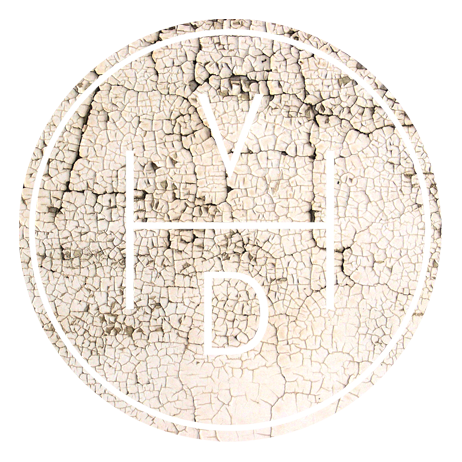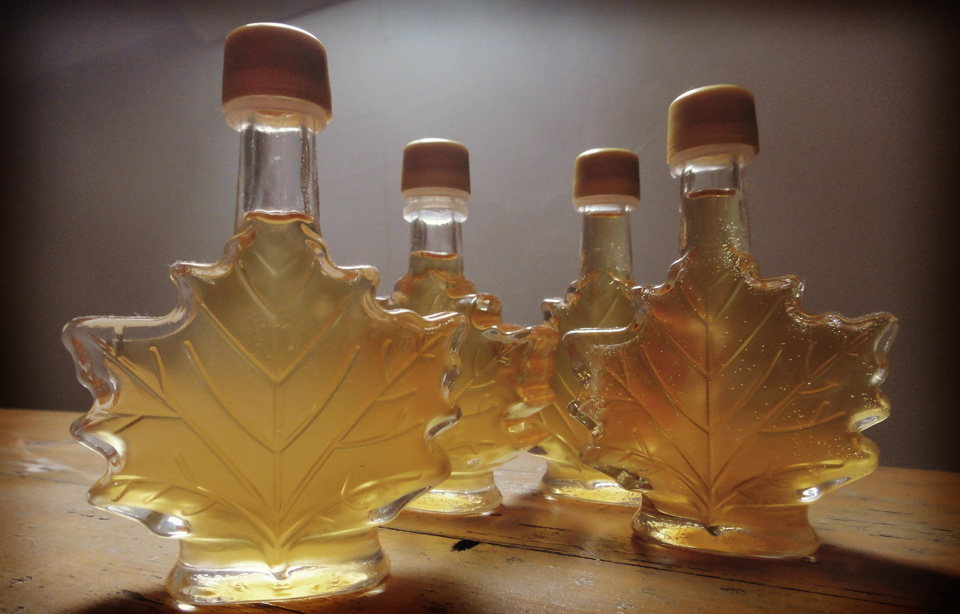Syrup Making
We did it, we made our own maple syrup! Myself and the Mrs we're invited to New Hampshire to spend a day (and a lot of a night) making syrup. We had a fantastic time. While I'm sure most serious syrup makers would frown upon some of the finer points of our process, we gathered sap and boiled and bottled our very own syrup.
Although very time consuming it was really easy. We helped gather 14 gallons (53 litres) of sap from some pre-tapped sugar maples. We then built a big fire and sat out all day with some local beers tending and topping up the reducing syrup. From our 14 gallons we ended up with just 1.8 pints (850ml.)
Collecting Sap
This was put into the token, sterilized, maple leaf shaped bottles and left to cool. An initial tasting was unlike any syrup I've ever had. It is often said the real deal is a million miles from the store bought stuff, and while we do buy local Maine syrup, this was indeed very different. Unmistakable as maple syrup but with a caramel taste to it as well. Lighter in colour and a little less brash, it is fantastic and will be treasured through-out the year.
VHD Syrup
Big thanks to the Nimmos in New Hampshire for showing us the ropes and letting us take more than our share of the finished product. I can't wait to do it again next year.














